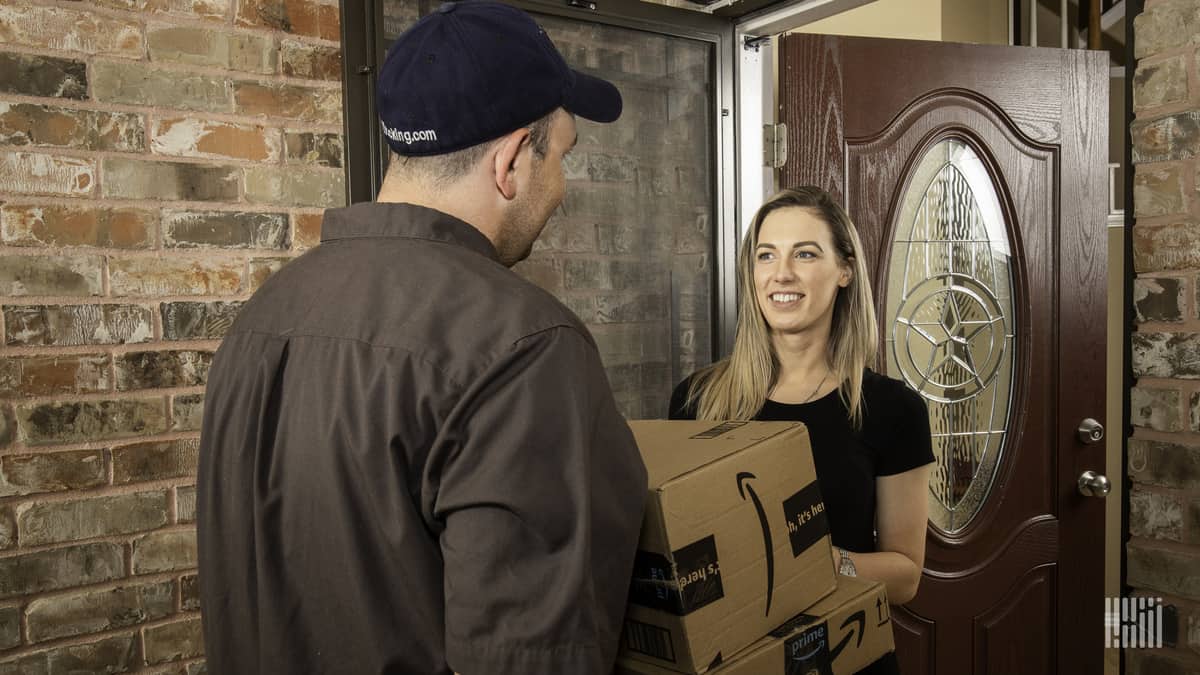
The Universal Postal Union (UPU) regulations increased inbound package rates within the U.S. as of today, July 1. As agreed to by the UPU and the U.S. in October 2019, the deal will ensure that the country remains a part of the UPU. The changes were put in place after the U.S., the largest importer in the world, threatened to leave the UPU, citing mandated cheaper parcel rates granted to countries with a “developing” status tag – including China.
The UPU was forced to come to the table for negotiations, because if the U.S. left the union it would potentially destabilize the organization. The UPU convened the ‘extraordinary Congress’ meeting in this regard, an event that has only been held twice previously in UPU’s history.
The fundamental issue that bothered the U.S. was that packages shipped domestically within the U.S. could be priced higher than inbound packages from other countries. For instance, a $10 phone case bought in California and shipped to Detroit could cost more than the same phone case being purchased from China and shipped into the U.S.
The new deal will ensure that postal rates can be up to 70% of the domestic prices, with an added option of increasing rates by 1% every year to 80%. Though this is not exactly leveling the playing field, international shippers will have less of an undue advantage than before.
FreightWaves spoke with Krish Iyer, the director of strategic partnerships at ShipStation, to understand the impact of the increase in package rates on the U.S. market. “The history behind cross-border shipping rates started about 50 years ago when shipping rates were subsidized to improve Asia’s economies, particularly southeast and east Asia. But with the emergence of China as a hub for lower value products and electronics, this did not make sense anymore,” said Iyer.
The heavily subsidized rate meant China could reach U.S. consumers at a more economical rate compared to domestic U.S. suppliers, tilting commerce heavily in favor of net-exporter countries like China. With subsidies keeping inbound shipping costs very low, Chinese sellers could capture the American market, even when consumers had to wait for a few weeks to receive their orders.
With the first phase of the changes kicking in, the U.S. could witness a massive increase in package rates with countries with which it does not have a bilateral agreement. This confusion also arises in the context of the deal, as it looks to create a new era in which countries wield more power on shipping rates. The deal will now enable countries to determine the rates that foreign postal services will charge for services when the mail crosses its borders.
Iyer contended that the real effect of these changes would hit the market by mid-July. “The initial struggle will be people looking at rising rates and having sticker shock. But it’s important to note that a lot of bilateral agreements will have to be negotiated between countries. For instance, the inbound package rate is going to be much higher for countries in the European Union. The only exception to this could be Canada, but we still don’t know the exact details,” he said.
The sticker shock is expected to be universal across all logistics forwarders in the U.S., including FedEx, UPS and DHL. Iyer explained that low-value goods traders and micro finance-type merchants would see significant challenges as they contend with rising costs.
“This is a major change like we have never seen before, so we don’t know the domino effect on logistics, as there are so many other external factors at play. However, this move by the UPU was bound to happen – whether this year or a decade from now,” said Iyer.
***
Recent articles by Vishnu Rajamanickam
Nuclear verdict prevention: Is there any hope for fleets?
Amazon to acquire self-driving startup in a $1 billion+ deal
Without data standards, blockchain technology is irrelevant

